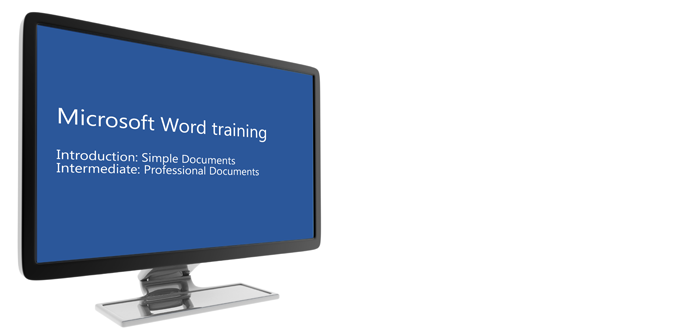
Events
Finance for Non Financial Managers
September 19, 2019 at 9:00 AM- 5:00 PM
Member price – £295 + VAT
Non-member price – £350 + VAT
Duration – 1 Day
Course Overview:
This interactive course combines formal content, workshop activities and individual exercises, taking a practical, pragmatic approach to financial matters. It also demystifies the jargon, conventions and formats of accounting.
At the end of the course participants will have explored:
- Key financial language and the fundamentals of financial statements
- Basic financial documents used in business
- Interpreting the information in financial documents, and use it to manage day-to-day business activity
- This course is AAT accredited, all notes and assessment sheets are provided.
Who Should Attend?
Suitable for managers and administrators looking to develop a better understanding of common financial terms and conventions in order to make better use of financial information.
Course Contents
Statement of Financial Position & Income
Statement Account:
- Assets & Liabilities Explained:
- Current & Non-Current Assets
- Current & Non-Current Liabilities
- Business Equity for Sole Traders & Limited Companies
- Income & Expenditure—Profit & Loss
- Income Statement Account for Sole Traders & Limited Companies
- Determining Profit & Profit Quality
- Reporting Financial Information
Financial Analysis:
- Identifying Parameters for Analysis
- Ratio Analysis & Calculating Ratios
- Profitability Ratios:
- Return on Capital Employed
- Gross Profit Margin
- Profit for the Year/Period
- Liquidity Ratios:
- Current Ratio
- Quick Ratio
- Efficiency Ratios:
- Non-Current Asset Revenue
- Stock Holding Period
- Trade Receivables Collection Period
- Trade Payables Payment Period
- Limitations of Ratio Analysis
Overview of Controlling Cash:
- The Importance of Cash
- Cash Flow vs Profit
- Budgeting for Sufficient Cash
- Getting Customers to Pay Quicker?
Overview of Budgets:
- What is a Budget?
- How do Budgets Help Businesses?
- Using Budgets to Manage
- Interpreting Budget Data



